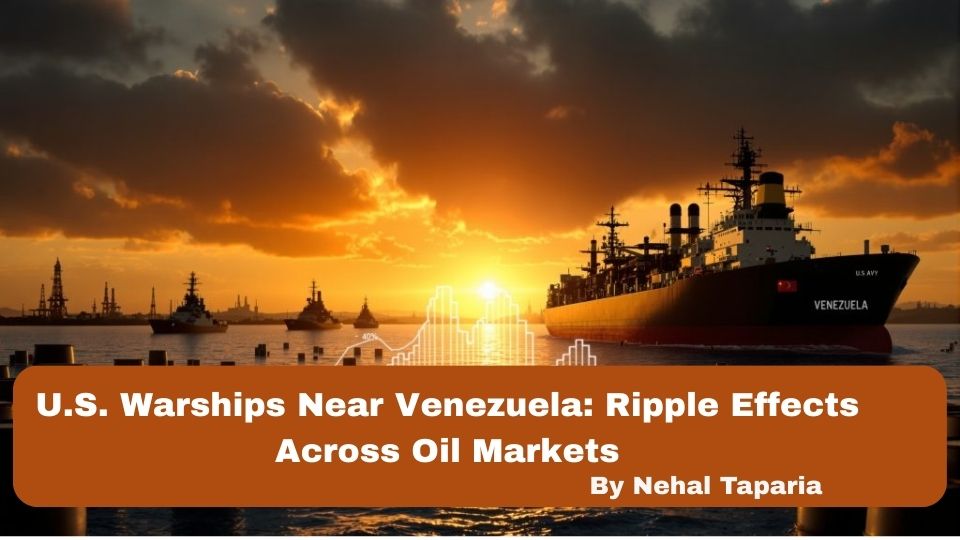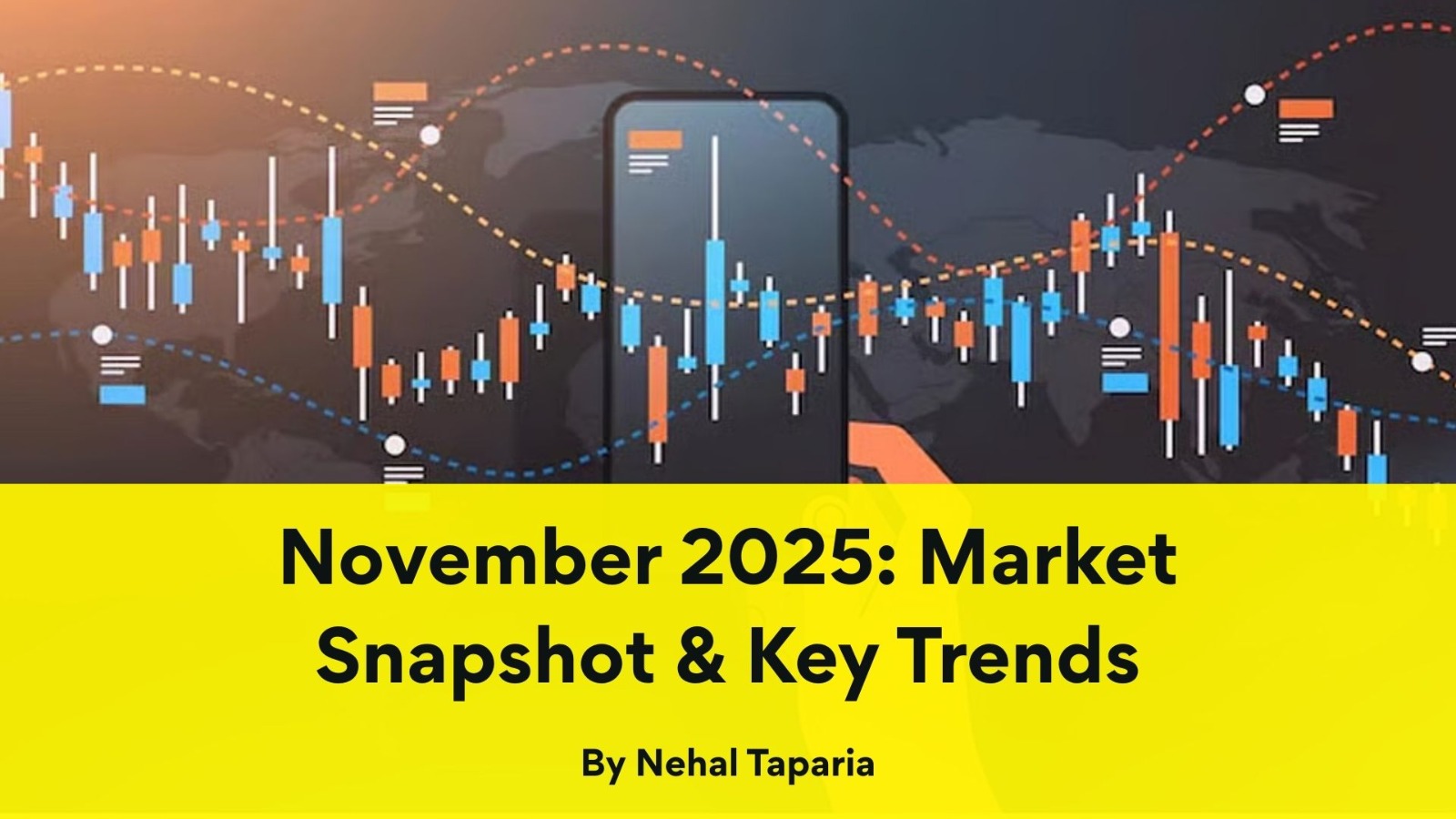U.S. Warships Near Venezuela: Ripple Effects Across Oil Markets

U.S. Warships Near Venezuela: Ripple Effects Across Oil Markets
Overview:
In late August 2025, the U.S. sent three Aegis-guided missile destroyers—the USS Gravely, USS Jason Dunham, and USS Sampson—to international waters off Venezuela. Officially, this military maneuver aims to counter Latin American drug cartels labeled as "narco-terrorists". The deployment comes as the Trump administration doubles its reward for Venezuelan President Nicolás Maduro’s capture to $50 million due to alleged drug trafficking links. In response, Maduro mobilized approximately 4.5 million militia members, intensifying geopolitical tension in the region.
1. Immediate Market Repercussions
- Oil Trade Spotlight: Venezuela, with the world’s largest proven oil reserves—around 303 billion barrels—holds immense sway in global energy dynamics.
- Though heavy crude from the Orinoco Belt is underexploited due to U.S. sanctions on PDVSA, exports grew ~15% in 2024.
- Price Volatility: Military escalation introduces risk premiums on Venezuelan oil. Insurance and shipping costs may rise, nudging prices upward.
- Supply Disruptions: If tensions escalate further, Venezuelan exports could be curtailed, leading to supply gaps, particularly for heavy crude—a challenge for refiners in India and China.
2. Strategic Implications for India
- Heavy Crude Dependence: India’s refineries, especially those in Gujarat and Jamnagar, process heavy crudes similar to Venezuela’s. Disruptions could raise input costs or force scrambling for alternatives.
- Energy Diversification: India might increase imports from the Middle East, Nigeria, or Canada. Longer shipping routes and grade mismatches could increase operational costs.
- Geo-strategic Opportunities: India could deepen ties with other heavy-crude exporters, renegotiating supply contracts and ramping up strategic reserves.
- Market Speculation: Even without immediate supply disruptions, speculative trading could inflate crude prices, impacting domestic fuel pricing and downstream inflation.
3. Broader Oil Industry Impact
- Shipping Risk Alert: The U.S. naval presence raises security risks for vessels near Venezuela, upping insurance premiums and rerouting costs.
- Investor Caution: Military tension discourages new investment in Venezuela’s oil sector. Investor appetite remains low despite any potential sanctions relief.
- Long-Term Shifts: The situation may accelerate global oil trade realignment—refiners may retro-fit to handle alternative grades, while investors seek politically stable heavy-crude sources.
Final Thoughts
This U.S. warship deployment marks more than a counternarcotics operation—it’s a strategic move with real implications for global energy stability. For India, which relies on varied crude types, especially heavier grades, the ripple effects are tangible—from refinery margins to import routes. This situation underscores the interconnectedness of geopolitics and energy economics, signaling that India—and the rest of the world—must stay agile in evolving global markets.
By Nehal Taparia
This content is for educational and knowledge purposes only and should not be considered as investment or Trading advice. Please consult a certified financial advisor before making any investment or Trading decisions.
Our Recent FAQS
Frequently Asked Question &
Answers Here
What prompted the U.S. warship deployment near Venezuela?
The U.S. aims to intercept drug cartels labeled as "narco-terrorists." The deployment follows a decision to escalate counternarcotics military involvement.
How did Venezuela respond to the U.S. military move?
Why is Venezuela’s oil relevant to global markets now?
What could happen to global oil prices?
How might India be impacted?
What are the long-term industry consequences?
Copyright © By Empirical F&M Academy. Design & Developed by Techno Duniya


.jpg)


.jpeg)




